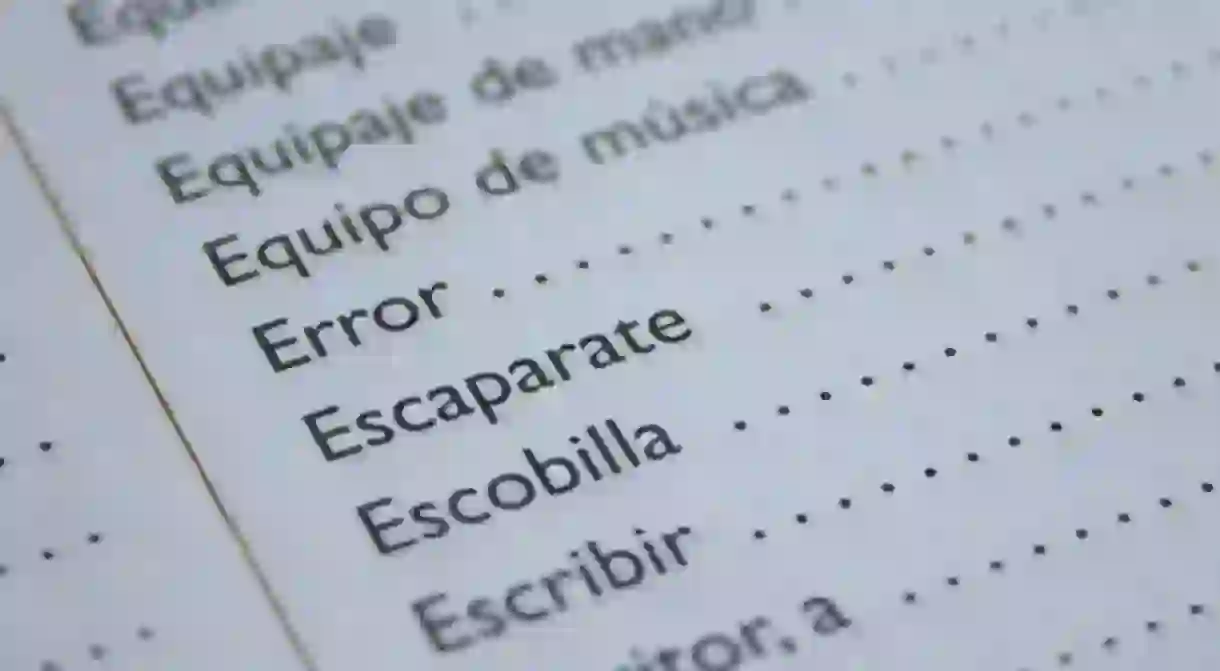9 Creative Ways to Help You Learn Spanish Before Your Trip

Planning on travelling to a Spanish-speaking country soon and want to be able to say more than just ‘la cuenta por favor‘ (check, please)? Learning a new language doesn’t have to involve staring at boring textbooks – here are nine engaging ways to learn or practice Spanish before your trip (that won’t send you to sleep).
Download an app – and use it daily
Some great apps are available for learning languages, and some (like Duolingo) are free. Make sure to set a daily goal – like practicing at the same time every day or spending 10 minutes a day – and stick to it.
Read a Spanish-language literature
Reading Spanish will teach you not only new vocabulary but also a little about Spanish or Latin American culture. Not ready to dive into a novel just yet? Try reading a short story, or even just a magazine. Reading on a tablet will also more than likely have the option to instantly translate unfamiliar words.

Listen to Spanish-language podcasts or audiobooks
Reading and listening are different skills that both need to be developed. Find a Spanish podcast about an interesting topic or destination you are visiting, download episodes for your phone or tablet to listen to while commuting, exercising, etc.
Re-label everything
Sticking Post-Its on household objects with their names in Spanish is a fun and easy way to learn vocabulary. Start with 10 items and gradually increase or alternate, and make sure to test yourself regularly.

Use social media
Today’s social media allows us to be more connected and access more information than ever, such as a myriad of great Twitter accounts providing Spanish words of the day, useful expressions, links to blog posts and more. Likewise, Facebook pages will share Spanish-language posts, memes and more to your news feed.
Make a new friend
Plenty of people out there are looking to learn a new language, so why not search for a language exchange partner? Check local Meetup groups, Facebook groups or even the town hall for any public exchange events. If you find a on-to-on partner, aim to meet for about an hour a week, spending 30 minutes in each language.

Keep a diary
We’ve covered reading, listening and speaking, but what about writing? When learning a language, writing is vital to learn spelling, syntax and grammar. Try keeping a Spanish-language diary, jotting down a few lines every day and reviewing it for mistakes. Keep dictionary use to a minimum, using no more than five new words or else you won’t be able to remember them.
Have ‘Spanish time’
If there’s no one around, practice Spanish by ‘thinking in it’ as often as you can. For instance, make a point every night to you’re going to think in Spanish about what you’re doing while preparing dinner. Or, ask yourself a question about what you did today, what your plans for the weekend are, what the last film you liked was, etc.














